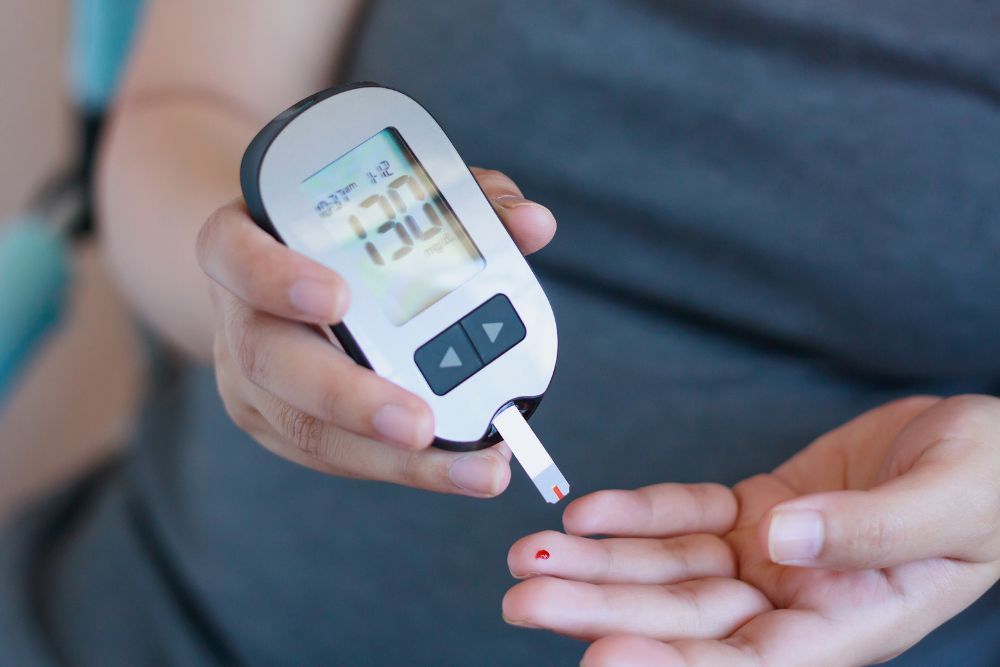Who’s Most at Risk for Diabetic Retinopathy? Key Factors to Know

Diabetic retinopathy is a complication of diabetes. Over time, too much sugar in the blood can damage the retina, the part of the eye that detects light and sends signals to the brain for interpretation. If left undiagnosed and untreated, diabetic retinopathy can cause permanent vision loss. If you have diabetes, understanding diabetic retinopathy risk factors is crucial for reducing your chances of developing the condition.
Diabetic Retinopathy Risk Factors
Individuals with type 1, type 2, or gestational diabetes are at risk of developing diabetic retinopathy. This risk is heightened in patients who:
- Have had diabetes for a long time
- Have consistently high blood sugar levels
- Have high blood pressure
- Have high cholesterol
- Are pregnant
Reducing Your Risk
If you have diabetes, there are steps you can take to reduce your risk of developing diabetic retinopathy. The most effective way to lower your risk is to manage your diabetes. This includes engaging in regular exercise, maintaining a healthy diet, and following your doctor’s instructions regarding insulin or other diabetes medications. It's also important to manage high blood pressure and high cholesterol alongside diabetes, as they can significantly increase the risk of diabetic retinopathy.
In its early stages, diabetic retinopathy often doesn't present any noticeable symptoms. Therefore, it's crucial for individuals with diabetes to have a comprehensive dilated eye exam at least once a year. The earlier diabetic retinopathy is caught, the better the treatment outcomes will be.
